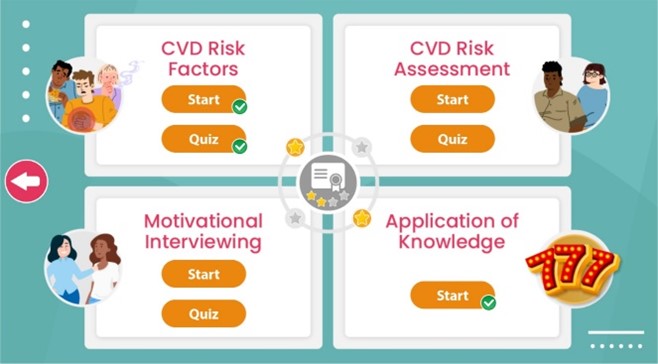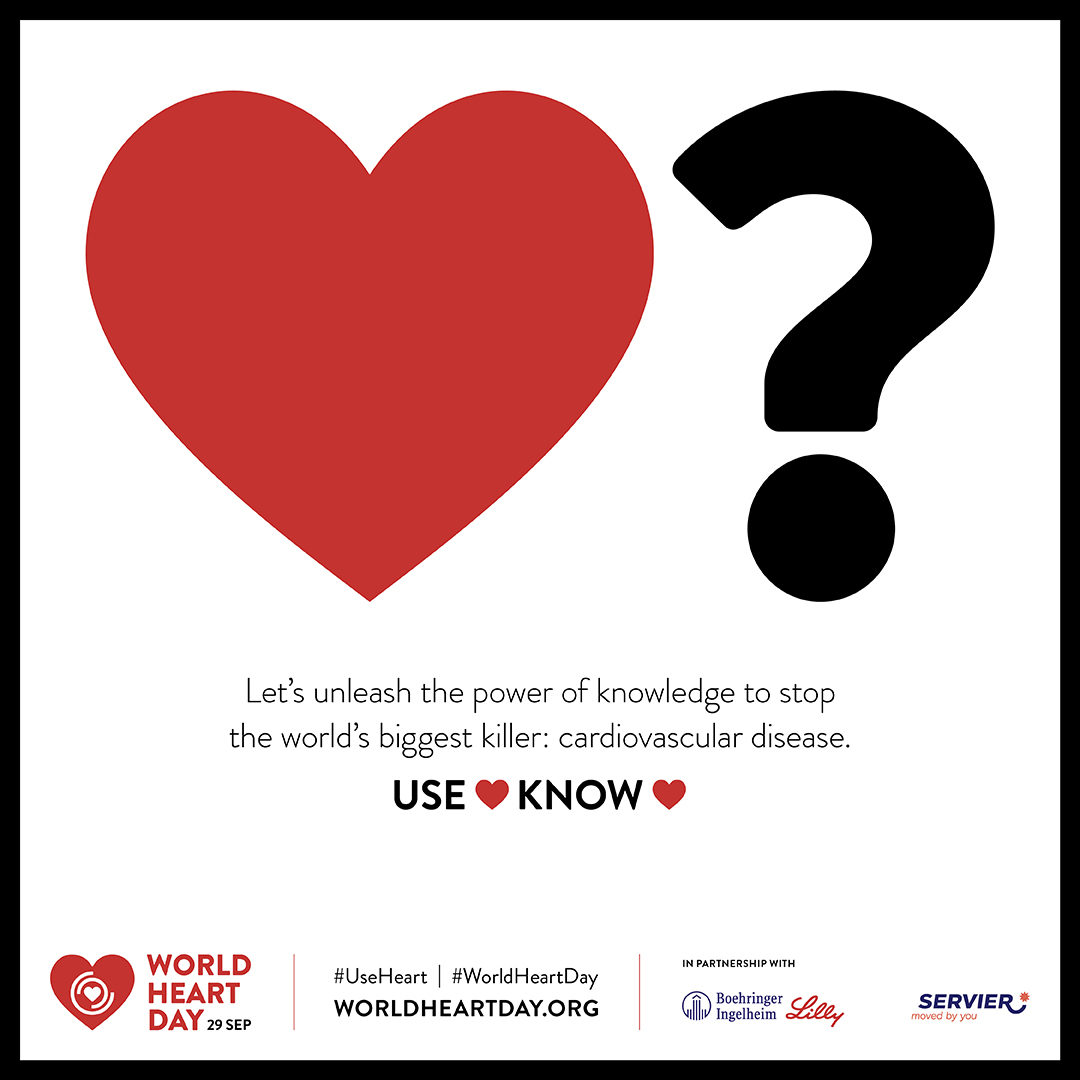A guest post by MSc Nursing student Siobhan Smith. Siobhan has recently submitted her dissertation and shares some of her study findings below.
Wheelchair access is a topic often not thought about until it is required, which for some people is every day. The barriers to wheelchair access extends into places such as gyms, with the World Health Organisation (WHO) highlighting how this can leave out some disabled people in experiencing the health benefits that come through physical activity (WHO, 2022).
Fortunately, health inequalities as a result of access issues for disabled people are becoming more recognised nationally, with the National Health Service (NHS) declaring their focus on addressing the issue (NHS, 2019).
Scotland’s first ever gym for disabled people opened in 2022 which further brought the spotlight on the accessibility barriers of mainstream gyms (Robertson, 2022). Experiences from this specialised gym were used in a study I conducted to assess the impact of effective accessibility on wheelchair users. The aim of the study was to speak to wheelchair users directly about what they feel should be in place to allow for better wheelchair access to gyms.
The study used interviews to gather its data. These included speaking with two groups of people, 1) wheelchair users who use mainstream gyms, and 2) wheelchair users who use the specialist gym. The data was then looked at together to gain a greater perspective. It was found that wheelchair users felt the greatest negative impact came from the lack of understanding held by gym staff, other gym users, and the wider society. The effects of this lack of understanding were seen in a variety of settings within gyms, from the ability of wheelchair users to get inside to their ability to use the equipment safely.
Study Findings
Overall, the study showed that a lack of understanding about wheelchair users in gyms can, and does, result in gyms being designed in such a way that wheelchair users are unable to use them. In the specialist gym, where access barriers have been reduced as much as possible, wheelchair users had a more enjoyable experience. This came from an increase in confidence, safety, and ability to be effectively supported.
It was found that ultimately, if a gym doesn’t have wheelchair access, as well as sufficient training and understanding by staff, then it is simply not a place where wheelchair users are able to be. It was clear that steps need to be taken to increase the understanding of disabilities held by those within gyms, both professionally and personally, as well as an increase in representation of disabled people in gyms to wider society. Increasing staff training on how to support wheelchair users in gyms was found to be an effective way to begin to reduce barriers to access, as the perceptions stemming from a lack of understanding contribute to decisions made about gym layouts and staff training priorities. The figure below shows the continuous impact these issues can have:
Figure 1. Cycle of inaccessibility in exercise facilities.

Although the research brought about important conclusions, further research is required to find out what is the best way to develop and deliver the training required to achieve the changes that need to happen to better facilitate equity of access for wheelchair users in gyms.
References:
National Health Service. (2019). NHS Long Term Plan. Retrieved from: https://www.longtermplan.nhs.uk/wp-content/uploads/2019/08/nhs-long-term-plan-version-1.2.pdf [Accessed on 24/08/2023]
Robertson, D. (2022). DR Inclusive Fitness & Wellbeing. Retrieved from: https://drinclusivefitness.co.uk [Accessed on 24/02/2023]
World Health Organisation (WHO). (2022). Disability. Retrieved from: https://www.who.int/news-room/fact-sheets/detail/disability-and-health [Accessed on 24/02/2023]



